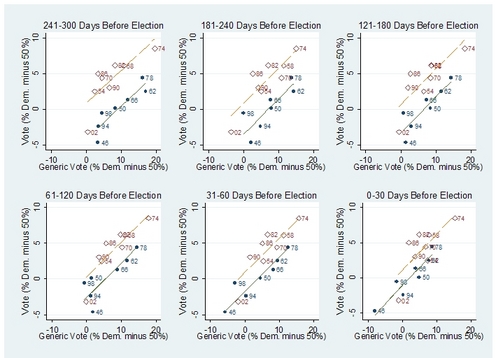Just in time for the new semester:

This time I'm sticking with the plan:
1. Don't open a message until I'm ready to deal with it.
2. Don't store anything--anything--in the inbox.
3. Put to-do items in the (physical) bookje rather than the (computer) "desktop."
4. Never read email before 4pm. (This is the one rule I have been following.
5. Only one email session per day. (I'll have to see how this one works.)














Recent Comments